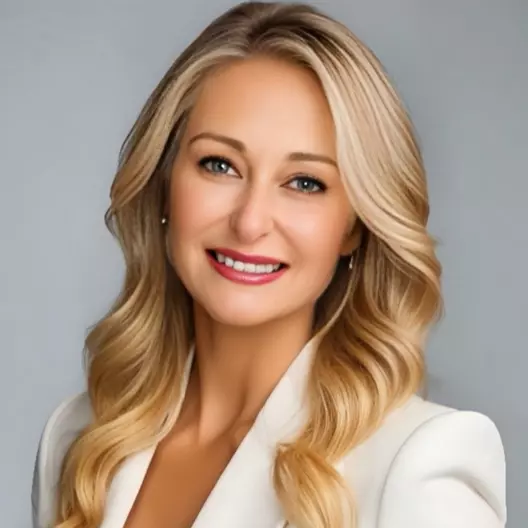Buy, Borrow, Die: The Ultimate Tax Hack
The phrase “Buy, Borrow, Die” sounds like a dramatic movie title—but in reality, it’s one of the most powerful (and controversial) financial strategies used by the ultra-wealthy to grow, spend, and pass down their fortunes with minimal taxes.
Originally popularized in the 1990s by law professor Edward J. McCaffery, this tax-avoidance playbook has gained renewed attention as conversations about wealth inequality intensify. Let’s break it down—and look at some famous faces who’ve been linked to using versions of this tactic.
How the Strategy Works
1. Buy
A wealthy individual purchases assets with high growth potential—think stocks, real estate, art, or private businesses.
-
These assets are held long-term, allowing them to appreciate.
-
Because gains are “unrealized” (i.e. not sold), no capital gains tax is owed.
Example: Billionaires like Elon Musk and Mark Zuckerberg hold massive amounts of stock in the companies they founded. As long as they don’t sell, those skyrocketing valuations sit untouched by the IRS.
2. Borrow
Instead of selling assets to fund their lifestyle, they borrow against them. Loan proceeds are not taxable income, so they get liquidity without triggering taxes.
Ways the wealthy borrow:
-
Securities-Backed Lines of Credit (SBLOCs): Loans secured by investment portfolios.
-
Cash-Out Refinances & HELOCs: Loans using high-value real estate as collateral.
-
Margin Loans: Borrowing against brokerage accounts.
-
Leveraged Recapitalizations: Business owners take new debt out of their companies and pay themselves via dividends.
Famous examples:
-
Elon Musk has reportedly pledged large amounts of Tesla stock as collateral for personal loans, allowing him to access cash without selling shares.
-
It’s also common for famous individuals, including real estate investors and entertainers, to use their luxury homes or other high-value property for financing, leveraging the value rather than liquidating.
3. Die
When the individual dies, heirs receive the assets with a stepped-up basis—the asset’s value for tax purposes is reset to its market value on the date of death.
-
The heirs can sell immediately and pay little to no capital gains tax.
-
Outstanding loans (if any) are repaid with proceeds, leaving the rest effectively tax-free.
Example scenario:
An investor buys $1M of stock that grows to $10M. Instead of selling, they borrow $7M against it. At death, heirs inherit the $10M at a stepped-up basis, sell, pay back the loan, and pocket $3M tax-free—while never paying capital gains tax on $9M of growth.
Risks and Criticisms
-
Market Volatility: If asset values drop significantly, lenders can issue margin calls, forcing sales at a bad time.
-
Inequality: The strategy is available only to those who already have significant appreciating assets. Ordinary workers and savers rarely benefit in comparable ways.
-
Economic Inefficiency: It creates a “lock-in effect,” where people hold on to assets longer than they might otherwise, to avoid realizing gains.
-
Political Scrutiny: As public concern about wealth disparity grows, so does interest in revising tax codes to reduce or eliminate these loopholes.
Why It Matters
The “Buy, Borrow, Die” strategy reveals how differently the financial game is played for very wealthy individuals compared to the average person. While most of us pay taxes whenever we realize income or sell something, the ultra-wealthy often don’t “realize” until death—thus sidestepping much of the tax burden that comes with gains.
That’s why figures like Elon Musk, Jeff Bezos, and others regularly come up in debates about reforming tax policy. And why even cultural icons who own significant assets—homes, art, or business interests—may structure their finances to benefit from this kind of approach.
Final Thought
Buy, Borrow, Die isn’t just a strategy—it’s a symbol of how the tax code favors those who hold assets over those who rely on wages. It’s legal. It’s complex. And as long as it remains this way, it will fuel discussions about fairness, reform, and how wealth is passed on in America-- but the bottom line-- ANYONE CAN DO IT!
Want to Talk Strategy for You?
If you’re in real estate or investing, these are the kinds of strategies that can make a huge difference—but they’re also complex and come with risk.
At TogetherWeSell.com under the guidance of Melissa Johnson, we help real estate investors and property owners understand how to structure their assets, leverage debt smartly, and plan for generational wealth in a tax-efficient way.
✨ Reach out for a free consultation to explore how your investment plan can benefit from smart strategies—while keeping everything legal, ethical, and aligned with your goals. Let’s build your legacy with intention.
Categories
- All Blogs (13)
- equestrian property palm beach county (1)
- luxury property palm beach county (7)
- Melissa Johnson (7)
- palm beach county real estate (9)
- properties in palm beach county (8)
- real estate (13)
- sellers guide (4)
- selling success (5)
- South Florida real estate (11)
- top realtor florida (9)
- waterfront homes florida (2)
Recent Posts













